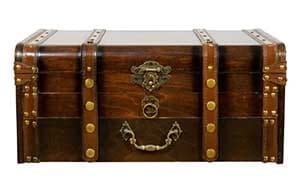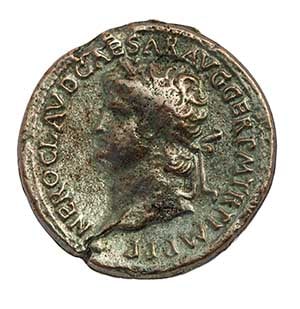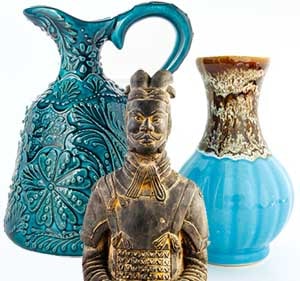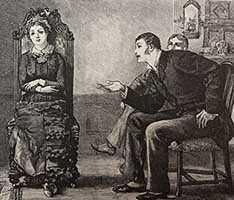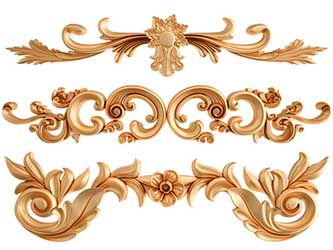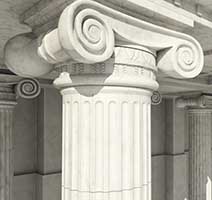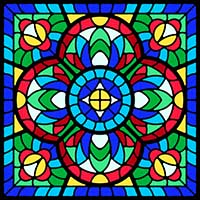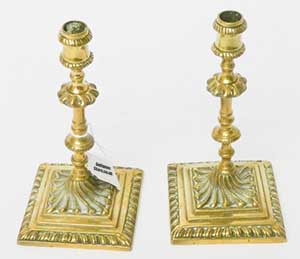Sophisticated, timeless, and luxurious, Georgian antiques are catnip for collectors. With prices showing upward trends and exceeding thousands of pounds, furniture, jewellery, and household items made during the Georgian era are of particular interest to investors. Whether you’re looking for a profitable investment option or a striking accent for your interior, you can’t go wrong with Georgian style antiques.
The Georgian style is the general name for several trends in architecture, art, and design that prevailed in England during the reign of the four kings of the Hanoverian dynasty, from George I to George IV. In total, this period lasted from 1714 to 1830. Naturally, over the course of its natural evolution, the Georgian style underwent numerous stylistic changes. Nevertheless, it managed to keep the main features immutable, namely the harmony and symmetry of forms, simple mathematical relations, pale colour schemes with contrast accents, and elegant decor.
Continue reading Georgian Antiques Buying Guide
